This article was revised on 21st June 2023.
The official astronomical summer season is here and today marks the first day of summer in the Northern Hemisphere. Days have begun to get longer during the last few months and today is the day when it will be the longest. By the longest day, we usually mean the extended duration of daylight, i.e. the duration for which the sun’s presence in the sky along with its effect before it rises and after it sets, gives us an ample amount of natural light.
The days are much brighter, the plants soak in the sunshine, and the birds seem chirpier. The natural habitat as a whole appears to be just bathing in a sea of tranquility, all relaxed.
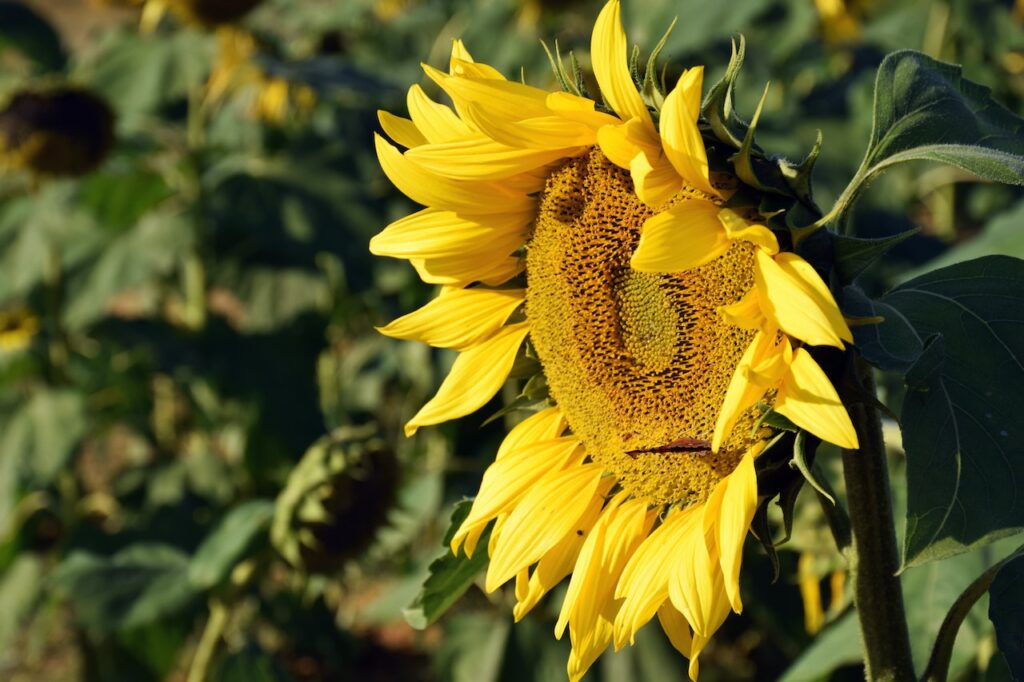
The Science Behind Summer Solstice
Our planet revolves around the Sun in an elliptical orbit and is tilted at an angle of 23.5° with respect to the plane of the orbit. This tilt is the primary cause of changing seasons on Earth.
During the revolution, Earth comes to the farthest point in its orbit from the Sun in the month of June, and during 20th-22nd June every year, there comes a time when the Earth’s north pole is tilted maximum towards the Sun. This causes the sun rays to hit at right angles at the Tropic of Cancer, ~23° North of the Equator, and maximum parts of the Northern Hemisphere get the solar energy during this time.
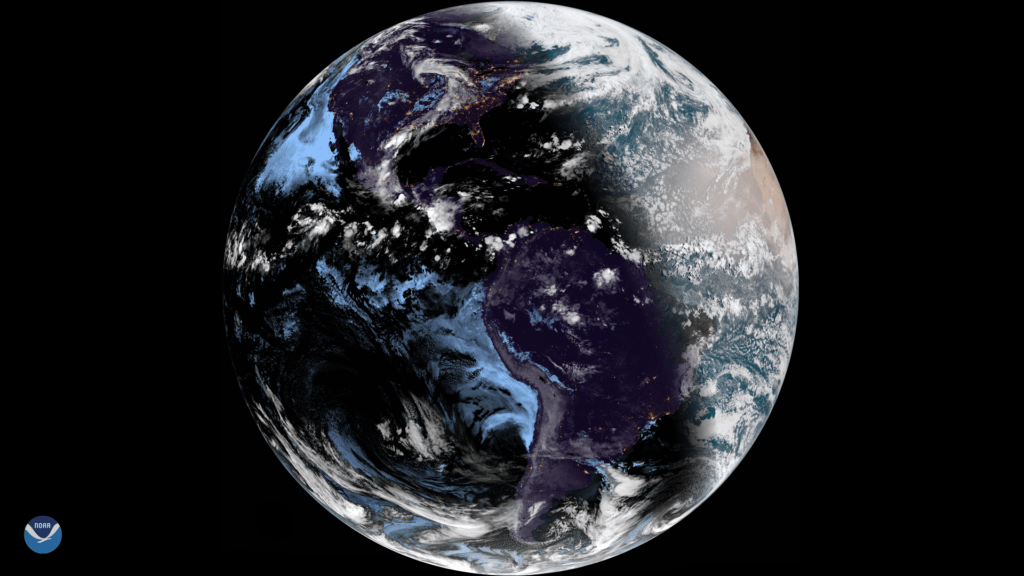
In the video shown below, you can see how the Earth receives sunlight over the course of a year. Notice how the terminator changes (terminator is a line that differentiates between the day and the night sides of the Earth). The video shows Earth’s image in September 2010 (the terminator shows dividing the Earth in a clear half), then in December 2010 (Earth is receiving more sunlight in the Southern Hemisphere), then in March 2011 (the terminator comes back to dividing the Earth in half), followed by Earth’s image in June 2011 (Summer Solstice in Northern Hemisphere), and lastly in September 2011.
Why is it called Solstice?
The word Solstice takes its root from the Latin words ‘sol’ and ‘sistere’. The former means Sun and the latter denotes ‘to stand still’. During the Summer Solstice, the Sun reaches the highest and the northernmost point in its cycle in the sky. A few days around Solstice, the Sun’s path doesn’t change much and hence it appears to be standing still in the sky.
After a few days of Solstice, the Sun reverses its course in the sky heading back in the opposite direction. This motion is clearly visible when it is viewed in the sky at the same time every day of the year. The Sun forms a path, closely resembling a flattened numeric eight, also called an analemma. It is due to the combined effect of Earth’s tilt and its elliptical (not circular) motion around the Sun.
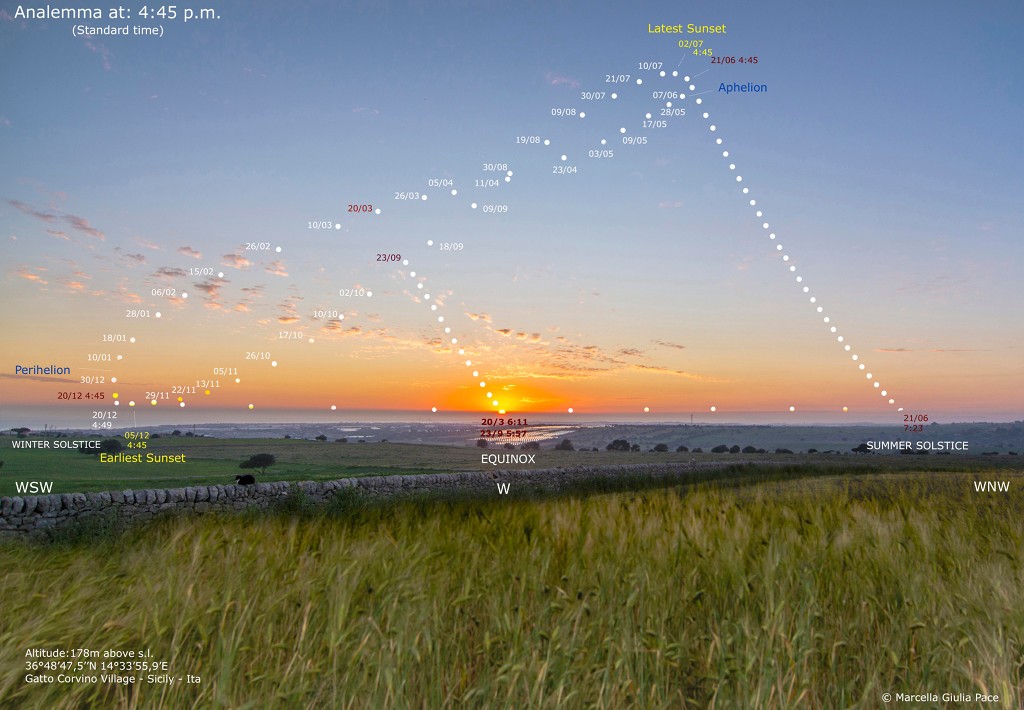
A remarkable science achievement influenced by Summer Solstice
This is a story of human ingenuity at its best. Eratosthenes was a Greek polymath who figured out how big Earth was by using angles and the Sun.
He knew that on the longest day of the year, the Sun was directly above Syene, a city in Egypt, but not above Alexandria, another city 794 kms to the north. He measured the angle between the Sun and the vertical in Alexandria and found it to be 7.2 degrees.
He then used a simple ratio to calculate Earth’s circumference: if 7.2 degrees is 794 kms, then 360 degrees is 794 km * 360°/7.2° ~39,700 km. This is very close to the actual value of 40,000 km.
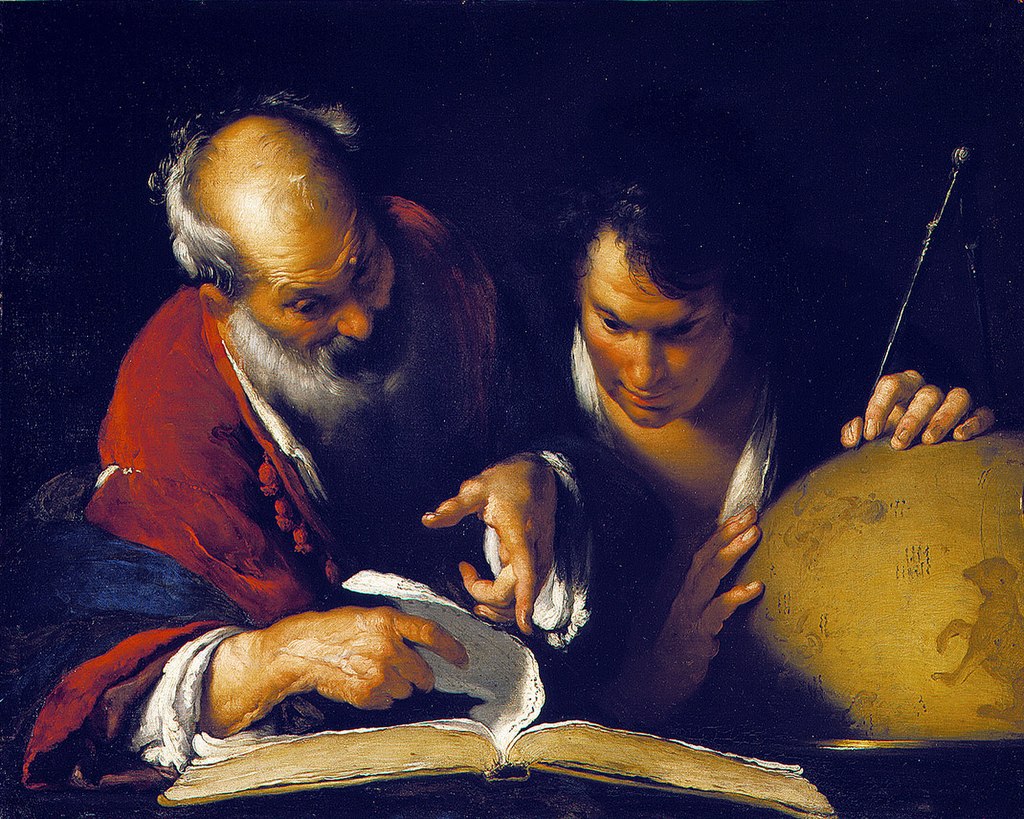
Is June 21 always the Summer Solstice?
The Summer Solstice doesn’t always happen on the same day every year as it all depends on the Sun reaching its northernmost point from the equator. It usually occurs on the 20th or 21st of June. It rarely happens on the 22nd.
Does the longest day happen all over the world?
The Solstice indeed occurs at the same moment across the globe, but as the Earth’s northern hemisphere is tilted more than its southern counterpart, the longest days will be only for a few places in the northern hemisphere.
In polar regions, specially near the Arctic Circle, the Summer Solstice is accompanied by the phenomenon known as the “midnight sun”. Finland will get almost 19 hours of daylight while people in Fairbanks, central Alaska will receive a mighty 21 hours and 41 minutes of daylight. Sadly for the penguins in Antarctica, it would be totally dark – they would be living in full 24 hours of darkness.
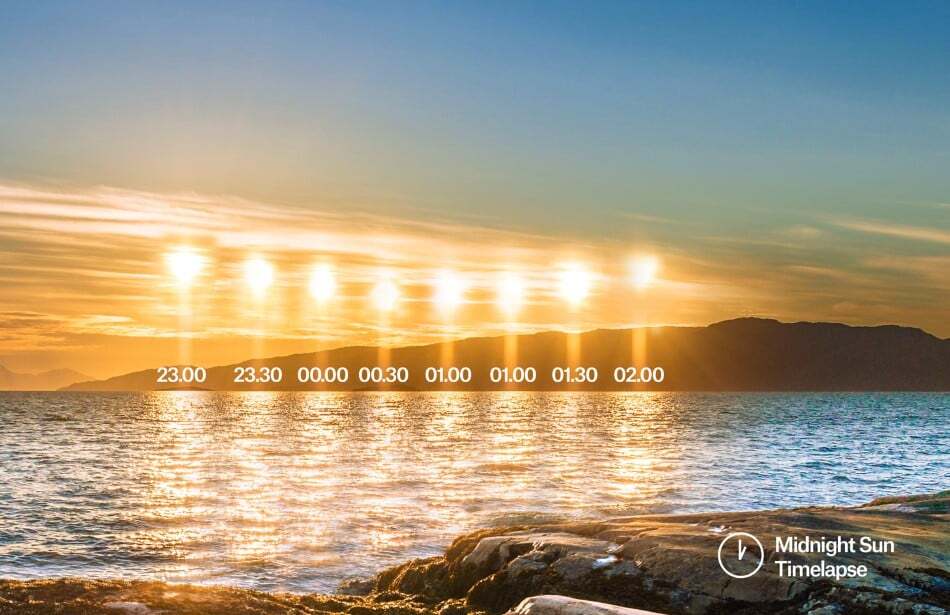
Summer Solstice Rituals
The most famous of all has been Stonehenge, in England. Though it is still a mystery how and why the stones are there, its unfathomable connection with the Solstices draws a huge crowd during that day, ranging from 10,000 to 30,000 people flocking over to see the sunrise.
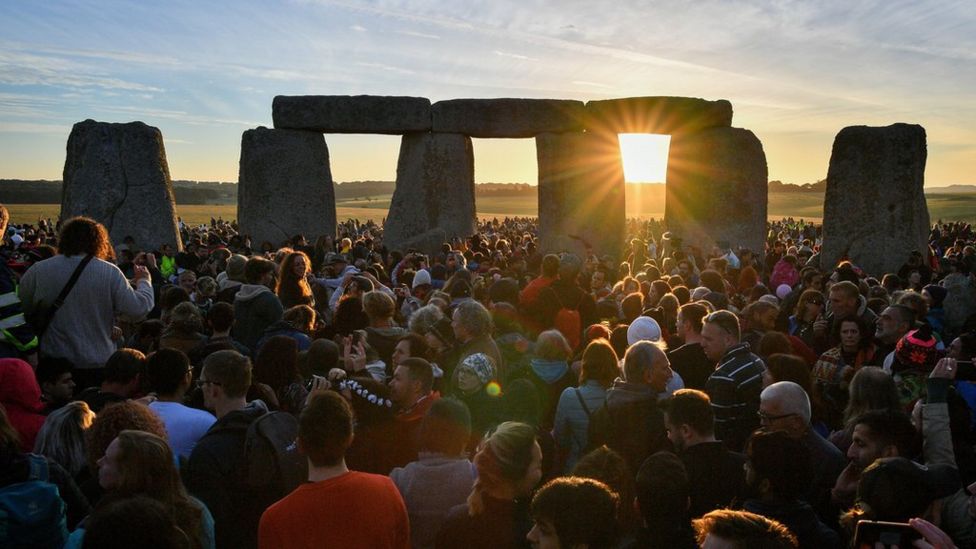
When the sunrise occurs on the Summer Solstice day, the morning rays perfectly align among the stones and meet the central altar. People welcome this phenomenon by rejoicing and singing folk songs in chorus.
Some worshippers start forming circles, make speeches, and recite prayers, and when the sun starts rising on the horizon, they turn their faces towards it, raising their hands. They believe it creates a positive energy that can be harnessed by all.

Across Europe, people decorate their homes by hanging medical plants in their doorways or they dip them in water. In Sweden and Spain, citizens adorn their homes with greenery to welcome the summer season.

According to Jan-Ojvind Swahn, a Swedish ethnologist, there used to be a tradition wherein if the unmarried girls collected flowers and put them under their pillow, they would dream of their future husbands.
In Finland, bonfires by lakes and the sea are usually seen to mark the longest day of the year. Latvians enjoy this event by drinking beer and eating cheese in open-air festivities.
In Poland, people celebrate Kupala Night. The word ‘Kupala’ is derived from the word cupid and they believe that it is a time for people to fall in love. They build bonfires and dance around them, engaging in fortune telling rituals.
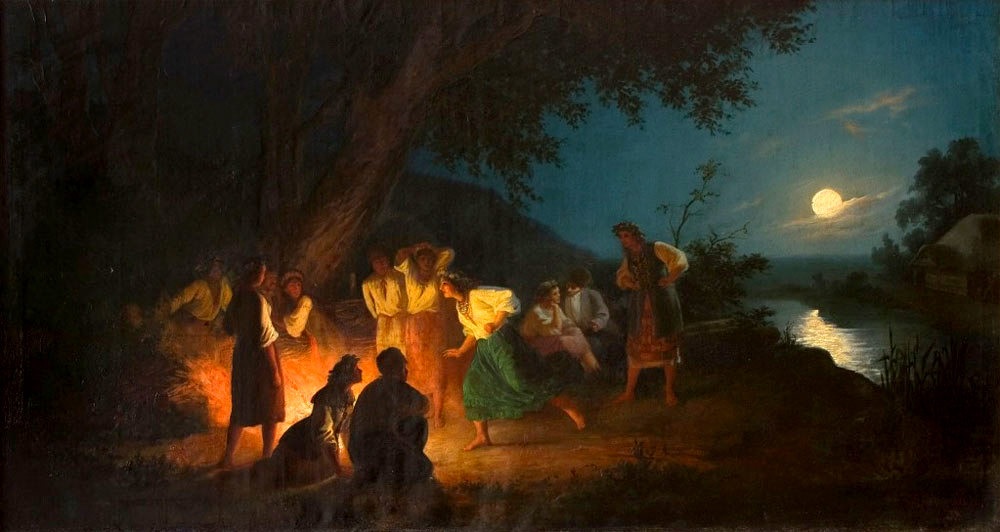
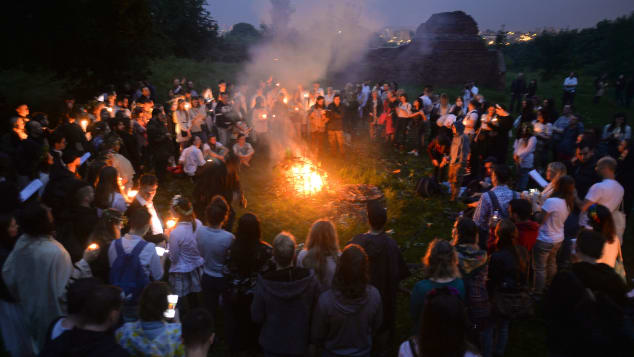
The unmarried ladies place wreaths over the lake where the unmarried men would try catching them on the other side of it. One who grabs the flower crown of the girl they want to impress, gets an opportunity to get married with her.

Some Pop-cultural references of the Summer Solstice
The influence of Summer Solstice on pop-culture is multifarious, enveloping symbolism, seasonal themes, mythological references, cultural traditions, and artistic inspirations. Serving as an abundant source of motifs that resonate with audiences, it provides creative opportunities for storytellers and artists alike. Some noteworthy references are:
a) “A Midsummer Night’s Dream” by William Shakespeare: This comic and wedding play involves dream, love, and nature’s blessings in a tangled web of romantic entanglements, mostly set in a mystical forest. The title is inspired by the summer solstice, also known as Midsummer Eve marked by festive parties and stories about fairies and temporary bouts of madness.

b) “Hawkwind: The Solstice at Stonehenge 1984”: This short documentary film showcases the iconic performance of the English rock band Hawkwind at the last Peoples’ Free Festival, which took place at Stonehenge during the Summer Solstice of 1984.
c) “Summer Solstice” by George Fivas: It is a 2003 independent film that tells the story of Joshua Ballard, a brilliant but aimless college student who finds solace in composing music and writing.
d) “The Lightning Thief” by Rick Riordan: It follows the story of Percy Jackson, a young boy who discovers he is a demigod, the son of Poseidon. Percy is tasked with a mission to locate and retrieve Zeus’ missing lightning bolt before the summer solstice in order to avert a war among the gods.
e) “Long Day’s Journey Into Night” by Bi Gan: It is a 2018 Chinese acclaimed drama film that follows the protagonist’s summer solstice search for his lost love. He was given a mysterious green book that has the power to change reality. The last 59 minutes of the film are a continuous, dreamlike 3D sequence, which echoes the mystical nature of midsummer’s night.
The Days Ahead
Though the last couple of months have been unusually warmer for most parts of the planet, with unbearable and intense heat waves sweeping across countries, that phase is thankfully over now. We can hope for the classical summer to set in accompanied by cool breezes in the evenings, swaying us into happier (and maybe thoughtful) moods.

Subscribe to Primitive Proton Newsletter
Sign up to keep up to date with the latest news and curated blogs in the world of space, science, and technology.
Your email is never shared with anyone. You can opt out anytime with a simple click!
WE PRIORITISE PRIVACY.

